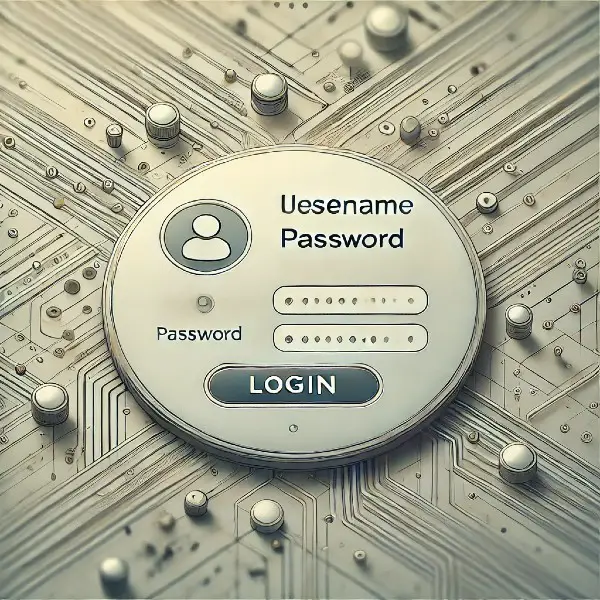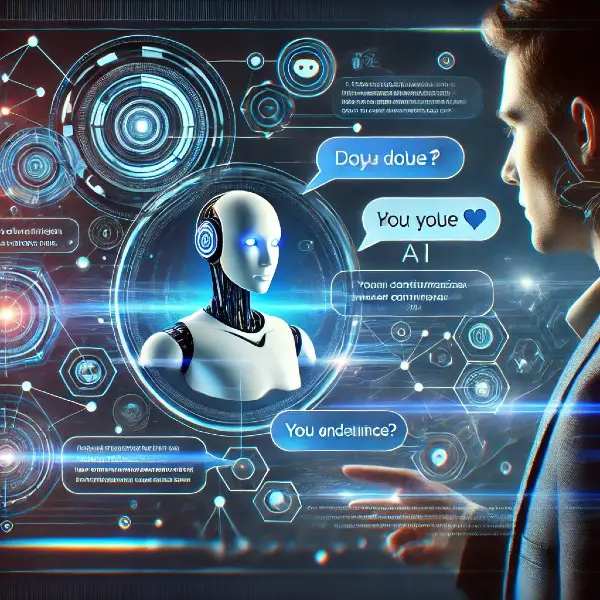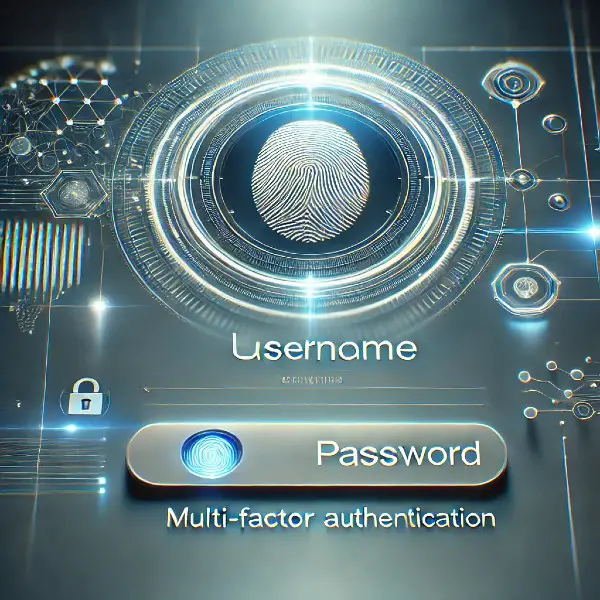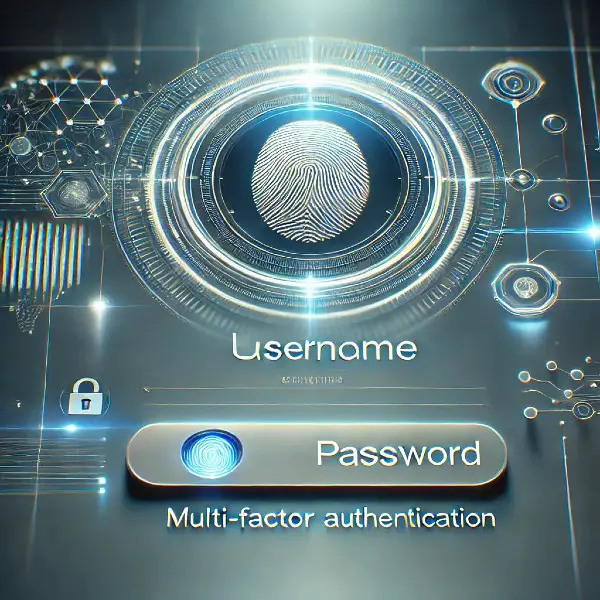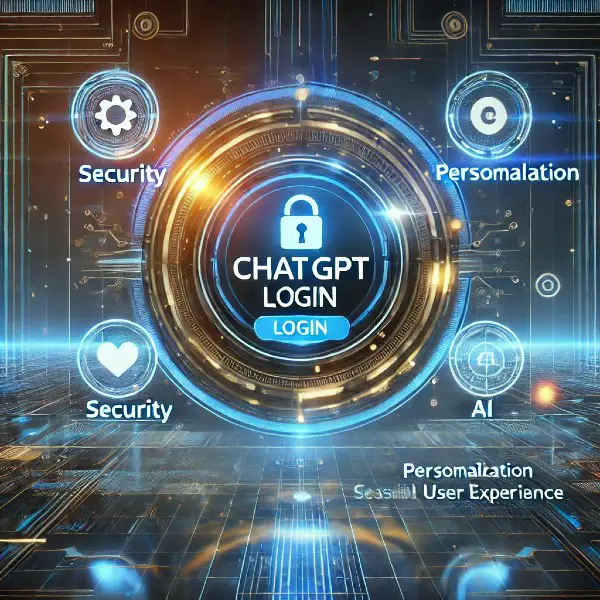Artificial Intelligence (AI) is like a rocket ship taking us into the future. It’s exciting and full of possibilities, but also a bit mysterious. One type of AI that often seems like a puzzle is called “Black Box AI.” This name comes from the way it works – like a locked box where you can see what goes in and what comes out, but not how it works inside. This can be a bit confusing, especially when we use it in important areas like healthcare or law.
Imagine you’re playing a video game but you can’t see the rules. That’s a bit like Black Box AI. It makes decisions or predictions, but it’s hard for us to understand how it got there. This can be both amazing and a bit worrying. But don’t worry, we’re here to unlock this mysterious box and understand it better, especially for students, educators, and those interested in its legal aspects.
Robotics
Robots are like the arms and legs of AI. They can do things in the real world. Black Box AI can make robots smarter, helping them to learn and make decisions on their own. This is great for tasks that are too dangerous or boring for humans. For example, robots can explore deep under the ocean or help in factories.
However, when robots start making decisions on their own, it can get tricky. What if a robot makes a mistake? Who is responsible? This is where Black Box AI in robotics becomes a hot topic. It’s important for students and educators to understand both the cool and challenging parts of using AI in robots.
Students and Educators
For students and educators, Black Box AI is like a new subject in school. It’s important to learn because AI is becoming a big part of our lives. Students can use AI to help with their studies, like getting tutoring from an AI program. Educators can use AI to understand how students learn and help them better.
But, there’s a challenge. Because Black Box AI is hard to understand, it can be tough to trust. What if it makes a wrong decision about a student’s learning? This is why it’s important for students and educators to not only use AI but also to understand how it works and its limits.
Legality in Black Box AI
When we talk about the law and Black Box AI, it’s like having a robot judge. It can help make decisions faster and maybe even fairer. But, if we don’t know how it’s making those decisions, it can be a problem. For example, what if an AI is deciding who gets a loan and it’s not fair to everyone?
This is why legality in Black Box AI is a big deal. It’s about making sure that when AI makes a decision, it’s not just smart but also fair and legal. Lawyers, judges, and everyone need to understand how AI works to make sure it’s used right.
Myths vs. Facts
Myth: Black Box AI is Always Unfair
Fact: It’s not that Black Box AI is always unfair, but it’s hard to tell if it’s fair because we can’t see how it makes decisions. Like a chef who won’t share his recipe, we know what goes in and what comes out, but not what happens in the middle.
Myth: We Can’t Control Black Box AI
Fact: We might not understand everything about how Black Box AI thinks, but we can still control what it does. Like training a dog, we can teach it what’s right and wrong, even if we don’t know exactly how it thinks.
Myth: Black Box AI Understands Everything
Fact: Just because AI can process a lot of information, doesn’t mean it understands everything. It’s like being able to read a book in a language you don’t understand – you see the words, but the meaning might be lost.
FAQ
What is Black Box AI? Black Box AI is like a magic trick. You see the start and the end, but not the middle. It’s when we use AI to make decisions or predictions, but we can’t easily see how it got there.
Why is it called Black Box? It’s called “Black Box” because it’s like a box where you can’t see inside. You know what you put in (data) and what you get out (decisions or predictions), but the process inside is hidden, like a locked box.
Is Black Box AI Dangerous? It can be, like driving with a blindfold. If we don’t know how it makes decisions, it can be risky, especially in important areas like healthcare or law. But it can also be really helpful if used carefully.
Can We Trust Black Box AI? Trusting Black Box AI is like trusting someone you just met. You need to be careful and understand the limits. It’s important to use it in ways where we can manage the risks.
How Can We Make Black Box AI Better? Making Black Box AI better is like solving a mystery. We need to work on ways to understand how it makes decisions. This means better technology and rules to make sure it’s fair and safe.
Google Snippets
Black Box AI: “Black Box AI refers to artificial intelligence systems whose internal logic is not accessible or understandable by humans.”
AI in Education: “AI in education offers personalized learning experiences and automated administrative tasks, enhancing teaching and learning processes.”
AI in Law: “AI in law is revolutionizing legal research, contract analysis, and predicting legal outcomes, but raises ethical and accountability questions.”
Black Box AI Meaning
Techopedia: “Black Box AI is a type of AI where the decision-making process is not visible to the observer or user.”
IBM Research: “Black Box AI involves complex models, like neural networks, where the exact way input data is transformed into output decisions is not clearly understandable.”
Science Daily: “In Black Box AI, the algorithms make decisions or predictions that are difficult for humans to interpret, due to the complexity of the underlying model.”
Did You Know?
- The term “Black Box” in Black Box AI actually comes from aviation, where a black box records flight data but its workings are not easily understood by the public.
- Some Black Box AI systems can process more data in a day than a human could in a lifetime, yet understanding their decision-making process remains a challenge.
In conclusion, Black Box AI is a fascinating but complex part of our rapidly advancing technological world. It holds great promise in fields like robotics, education, and law, but also poses significant challenges due to its opaque nature. Understanding and demystifying this technology is crucial, particularly for students, educators, and legal professionals, to ensure it is used ethically and effectively. As we continue to integrate AI into various aspects of our lives, it is imperative that we strive to make these systems more transparent and accountable.
References
- Explainable AI that uses counterfactual paths generated by conditional permutations of features. This method is used to measure feature importance by identifying sequential permutations of features that significantly alter the model’s output. The paper discusses the evaluation strategy of comparing the feature importance scores computed by explainers with the model-intern Gini impurity scores generated by the random forest, which is considered as ground truth in the study.
- Thinkful offers insights on how to address the “black box” problem in AI through Explainable AI (XAI) and transparency models. They discuss techniques like Feature Importance Analysis, Local Interpretable Model-agnostic Explanations (LIME), SHapley Additive exPlanations (SHAP), Model Distillation, and Decision Rules, which are designed to make AI models more interpretable and transparent. This is especially important in applications where decisions can have far-reaching consequences, such as healthcare or financ



